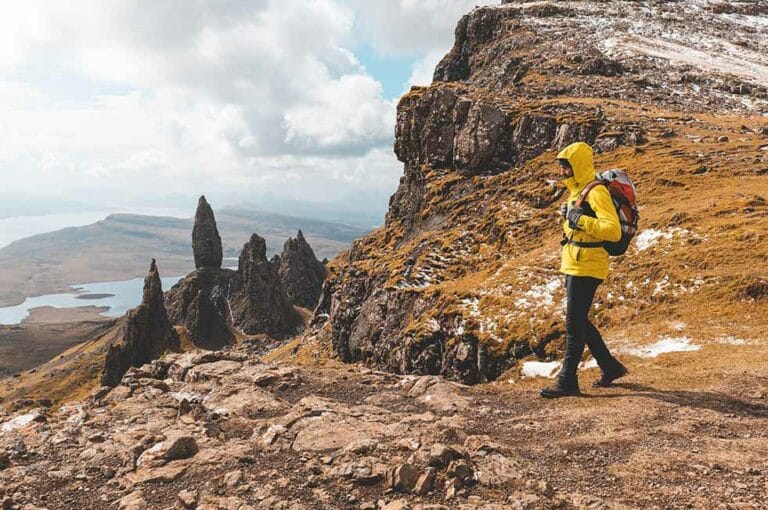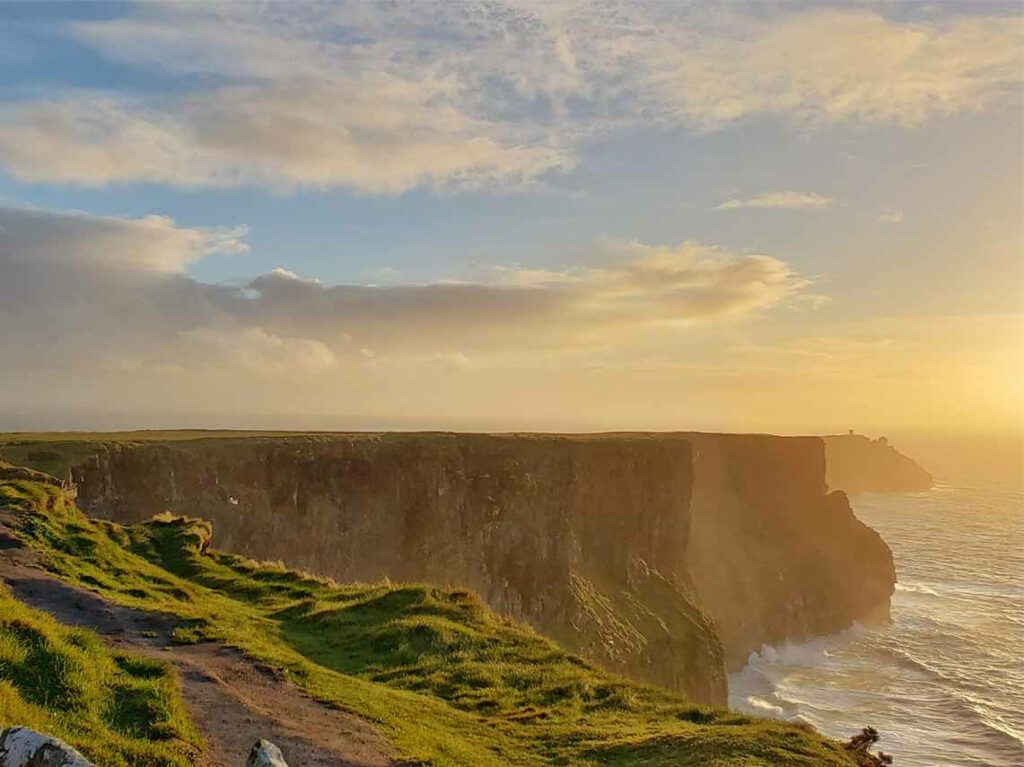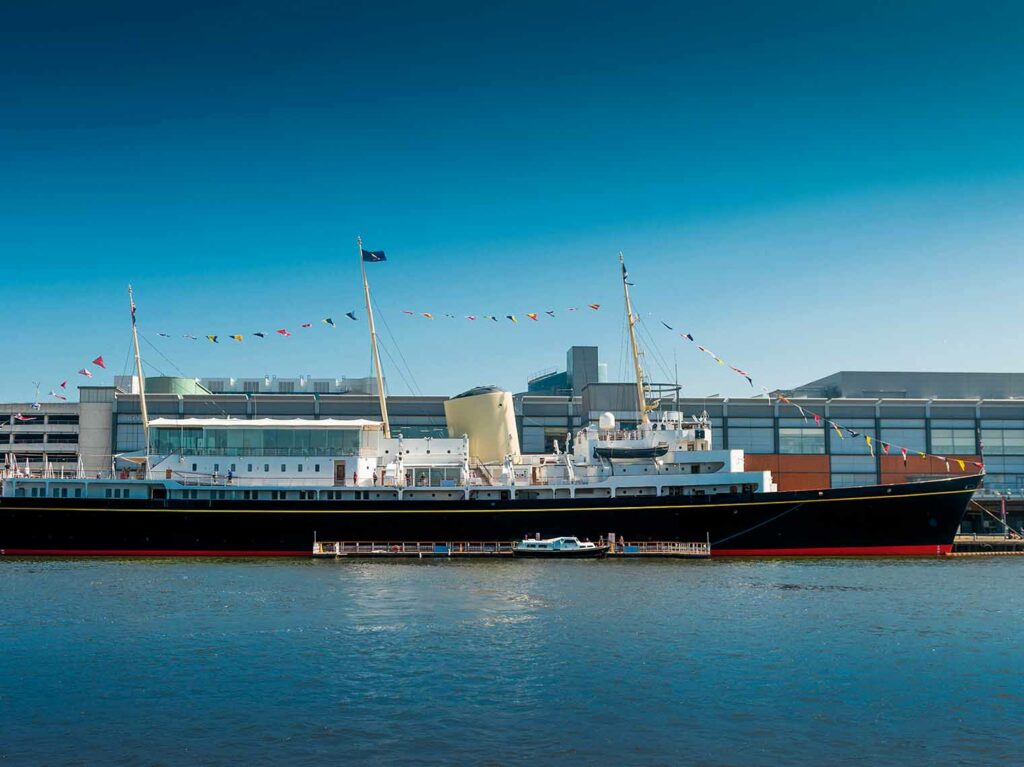The Jacobite Rebellion, also known as the Jacobite Rising, is a significant event in Scottish history that occurred in the late 17th and early 18th centuries. The term “Jacobite” refers to the supporters of the exiled Stuart monarchy, specifically James II and his descendants, who aimed to reclaim the British throne. The rebellion saw two major uprisings, in 1715 and 1745, both of which ultimately failed in their goal of restoring the Stuart monarchy.
However, the Jacobite Rebellion played a crucial role in shaping Scottish history and culture. The movement brought together a diverse group of people, from Highland clans to Lowland landowners, united in their desire for a Stewart monarchy. The rebellion also had a profound impact on the relationship between Scotland and England, and the rebellion served as a catalyst for the Act of Union in 1707, which officially united the two nations.
Today, the Jacobite heritage can be explored through visiting landmarks such as Culloden battlefield and the graves of Bonnie Prince Charlie and Flora MacDonald, as well as by participating in Jacobite-themed tours and events throughout Scotland. The rebellion and its aftermath continue to be an important topic of study for historians and enthusiasts alike, as it offers a glimpse into the political and cultural landscape of 18th century Scotland.
The Early Jacobites
The origins of the Jacobite movement can be traced back to the late 17th century, during the reign of King James II of England and VII of Scotland. James II, a Catholic, was deposed in the Glorious Revolution of 1688 by his Protestant daughter and son-in-law, Mary II and William III. Many of James’ supporters in Scotland, known as Jacobites, sought to restore him to the throne and maintain the traditional system of monarchy and governance.
The early Jacobites were primarily composed of Highland clans, who saw the Stewart monarchy as a symbol of Scottish identity and autonomy. However, the movement also had support among Lowland landowners and the Scottish Episcopalian community, who opposed the increasing power of the English-backed Presbyterian establishment.
The first major Jacobite rebellion occurred in 1715, led by John Erskine, Earl of Mar. This Rising, as it was called, was not well coordinated, and ultimately failed to achieve its goal of restoring James II or his descendants to the throne. However, it served as a rallying point for Jacobite supporters and laid the groundwork for the more significant Rising of 1745.
The Rising of 1745
The Rising of 1745, also known as the Second Jacobite Rebellion, was a significant event in Scottish history that occurred in the mid 18th century. This rebellion was led by Charles Edward Stuart, also known as Bonnie Prince Charlie or “The Young Pretender”, who aimed to reclaim the British throne for the Stuart dynasty.
The rebellion began in the Scottish Highlands in August 1745, when Charles Edward Stuart landed on the island of Eriskay and rallied support from the Highland clans. He quickly gained control of much of Scotland, including Edinburgh, and even marched into England as far as Derby. However, lack of support from key Lowland areas, as well as lack of support from France, ultimately led to the defeat of the Jacobite army.
The rebellion was met with resistance from government forces, led by the Duke of Cumberland. The two sides clashed in several engagements, including the Battle of Prestonpans, where the Jacobites won a decisive victory, and the Battle of Culloden, which was the last battle fought on British soil and resulted in the defeat of the Jacobite army.
The Rising of 1745 had a significant impact on Scottish politics and society. It led to a brutal repression of the Highland clans and the end of the Jacobite movement as a serious political force. The rebellion also had a profound impact on the relationship between Scotland and England, and the rebellion served as a catalyst for the Act of Union in 1707, which officially united the two nations. Today, the Jacobite heritage can be explored through visiting landmarks such as Culloden battlefield and the graves of Bonnie Prince Charlie and Flora MacDonald, as well as by participating in Jacobite-themed tours and events throughout Scotland.
Jacobite Heritage in Scotland
The Jacobite heritage in Scotland can be explored through various landmarks, tours, and events that commemorate the rebellion and its key figures.
One popular destination for those interested in Jacobite history is Culloden Battlefield, the site of the last battle fought on British soil. The battlefield, located near Inverness, features a visitor center and exhibits that provide insight into the events leading up to the battle and its aftermath. Visitors can also walk the battlefield and see the mass grave where many of the Jacobite soldiers were buried.
Another popular destination is the graves of Bonnie Prince Charlie and Flora MacDonald. Charles Edward Stuart, also known as Bonnie Prince Charlie, is buried in St. Peter’s Basilica in Rome, Italy. Flora MacDonald, a Jacobite sympathizer who helped Bonnie Prince Charlie escape after the Battle of Culloden, is buried in Kilmuir Cemetery, on the Isle of Skye, Scotland.
Additionally, there are many Jacobite-themed tours and events that take place throughout Scotland, such as the Culloden Battlefield tour, the Jacobite Steam Train ride, and the Scottish Highlands tour. These tours offer visitors the opportunity to learn about the rebellion and its key figures, as well as to see some of the key landmarks and locations associated with the Jacobite movement.
Overall, the Jacobite heritage in Scotland offers a glimpse into the political and cultural landscape of 18th-century Scotland and continues to be an important topic of study for historians and enthusiasts alike.
Talk to our Jacobite Rebellion Tour Specialists
From the battlefields of Culloden and Glenfinnan to the historic castles and landmarks associated with the Jacobites, there is much to explore and discover for those interested in this fascinating period of history.
We hope that this blog has inspired you to learn more about the Jacobite Rebellion and Scotland’s rich heritage, and we encourage you to contact us at Braw if you’re interested in planning a vacation to explore your own Scottish heritage.




















